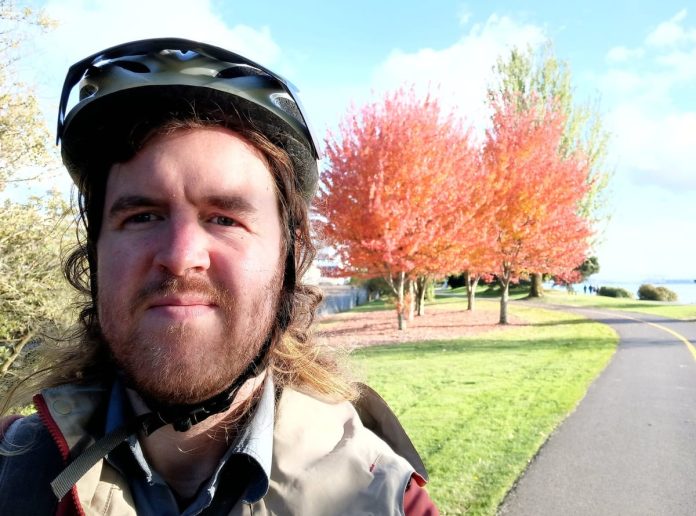
The Urbanist’s transportation reporter Ryan Packer was recently on the Hacks and Wonks podcast to discuss traffic safety and the “Vision Zero” campaigns intended to eliminate road deaths. While such campaigns started in Sweden and have been highly successful in Europe, they have a much spottier record in United States, where the traffic safety crisis continues unabated, largely.
Hack and Wonks host Crystal Fincher is a political consultant who also serves on The Urbanist’s board. Fincher regularly brings up transportation issues on her show, and, after outlining the vision zero saga, Fincher and Packer discussed Seattle’s $1.55 billion transportation levy that will be on the ballot in November, and what help it might offer to the ease the crisis. Ultimately, they landed on the levy being a necessary step in the right direction, even if firmer safety and climate commitments are needed in the future.
Washington’s Vision Zero initiative was adopted in 2000 with the goal of eliminating traffic fatalities and serious injuries by 2030. Seattle and Bellevue joined suit in 2015 with local Vision Zero campaigns pledging to end road deaths by 2030. However, each of these campaigns have faced significant setbacks. “Recent data from the Washington Traffic Safety Commission paints a grim picture: road fatalities in the state climbed to 810 in 2023, a stark increase from fewer than 500 in 2014,” Hack and Wonks noted.
Transportation safety experts attribute much of the problem to road designs, particularly wide arterial streets with high speeds, in addition to the proliferation of oversized cars with high hood heights that create blind spots and increase the likelihood of killing pedestrians. As the episode noted, experts advocate for several strategies to make streets safer, including right-sizing infrastructure, implementing road diets, and improving pedestrian and bicycle facilities.
Packer highlighted several strategies that can make streets safer:
- Right-sizing infrastructure: Reducing oversized roads to better fit community needs.
- Road diets: Reducing the number of lanes on wide arterial streets.
- Complete Streets policies: Ensuring streets are designed for all users, not just cars.
- Improved pedestrian and bicycle infrastructure: Adding sidewalks, crosswalks, and protected bike lanes.
- Speed management: Implementing speed-limiting technology in vehicles.
- Enforcement: Using traffic law enforcement, including camera enforcement, while addressing equity concerns.
- Education: Complementing other strategies with targeted safety education programs.
Give the episode a listen for a full rundown of the safety crisis and what we can do about it.
Doug Trumm is publisher of The Urbanist. An Urbanist writer since 2015, he dreams of pedestrian streets, bus lanes, and a mass-timber building spree to end our housing crisis. He graduated from the Evans School of Public Policy and Governance at the University of Washington in 2019. He lives in Seattle's Fremont neighborhood and loves to explore the city by foot and by bike.

